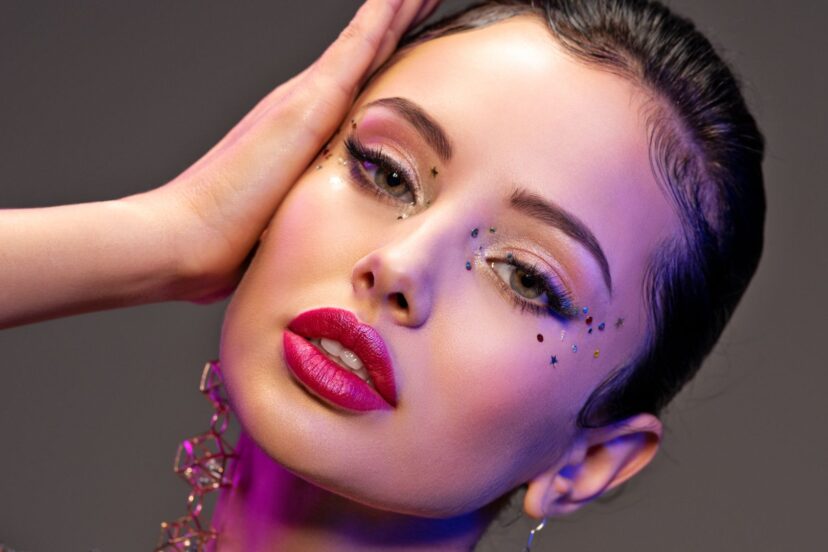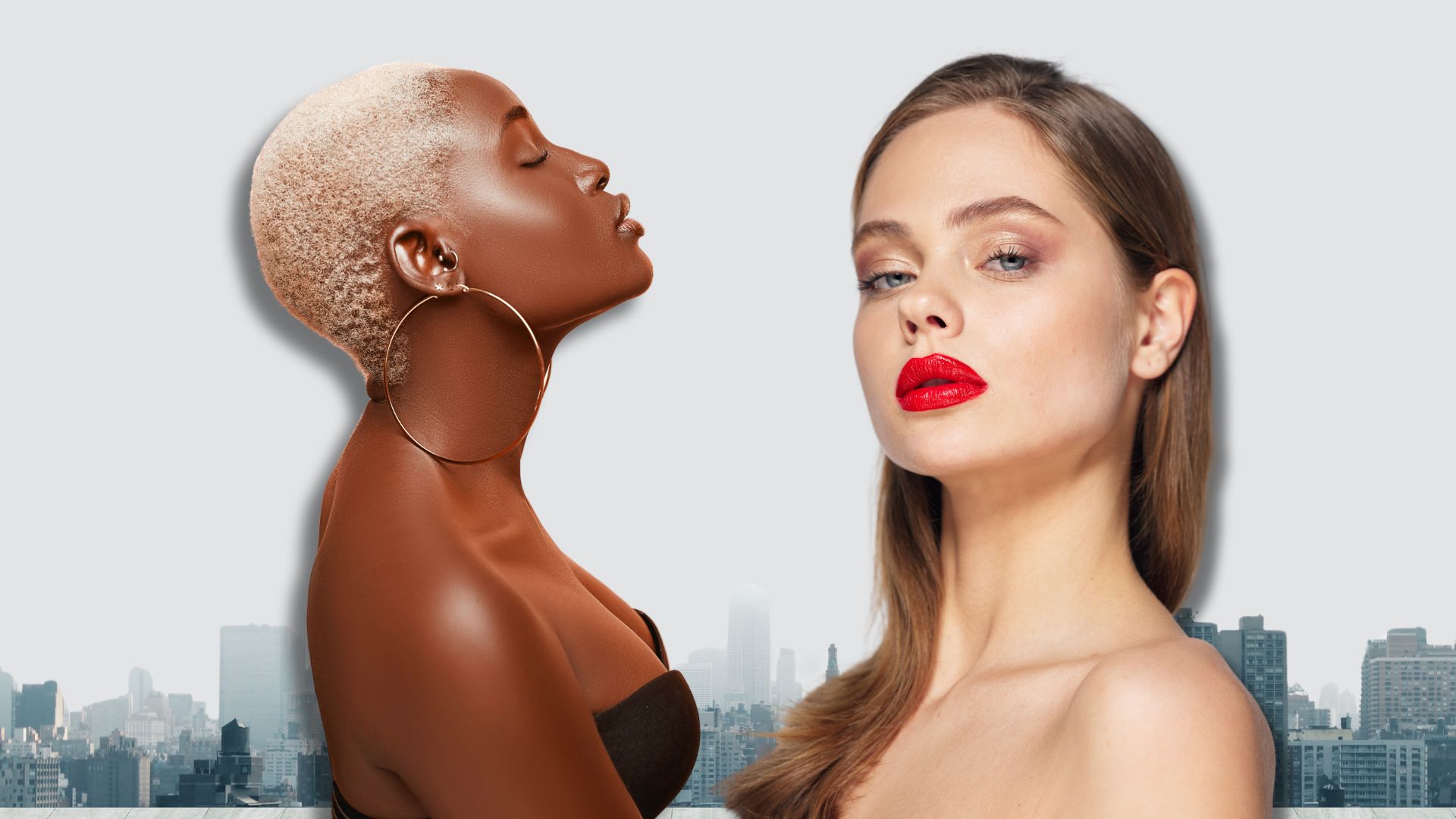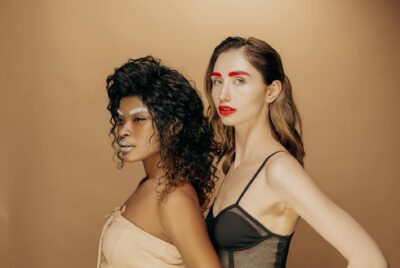Organic Beauty Shea butter
Unleashing the Power of Organic Shea Butter
If you’ve ever wondered why your favorite lotion feels so smooth and dreamy on your skin, chances are it might have something to do with Shea Butter.
A hero ingredient in many skincare and haircare products, Organic Shea Butter is like that best friend who’s always got your back, nurturing your skin and hair in ways you wouldn’t imagine.
What is Shea Butter and Its Origins
So, what exactly is Shea Butter? I’m glad you asked! Shea Butter is a fat that comes from the nut of the African Shea tree (Vitellaria paradoxa). Its name derives from the Bambara word ‘sii’, which means sacred.
As for its origin, Shea Butter comes from the African continent, predominantly West Africa, and it has a deep-rooted history dating back to Ancient Egypt. Imagine the beautiful Queen Cleopatra using it in her cosmetic jars. Cool, right?
The Shea Tree: The Source of the Magic Ingredient
The Shea tree is a sturdy and resilient tree that can grow up to 60 feet tall and live up to 200 years. It starts producing fruits only after 15 years and reaches its full production capacity when it is about 50 years old.
Now, here’s something interesting – it’s the women in the African communities who traditionally take up the task of collecting the Shea nuts. It’s their meticulous effort that results in the Shea Butter we love and adore.
The Journey of Shea Butter: From Africa to Your Skin
Transforming the Shea nut into the creamy butter is a fascinating process. It involves several steps, starting from collecting the ripe Shea fruits, extracting the nuts, crushing and roasting them, grinding into a paste, and finally churning to extract the butter. The butter is then boiled to evaporate the water, purified, and solidified.
As we dive deeper into the world of Shea Butter, it’s easy to see why it’s been cherished for centuries. It’s packed full of nutrients like vitamins A and E, essential fatty acids, and other minerals that make it a superstar in the beauty world.
The Traditional Shea Butter Extraction Process
The traditional extraction process of Shea Butter is fascinating, to say the least. It’s quite labor-intensive and starts with women in local communities collecting fallen Shea fruits from the ground.
1. The nut, which is present inside the fruit, is taken out and dried under the sun to remove any residual moisture. Then, they are cracked open to remove the kernel inside.
2. These kernels are then crushed, roasted, and ground into a fine paste. The paste is churned with water to separate the fat, which floats to the top and is scooped out.
3. This fat is then boiled to evaporate the water and filtered to get rid of impurities. The butter that remains is cooled and solidified to form the Shea Butter we use.
The Incredible Benefits of Organic Shea Butter
Shea Butter is like a superfood for your skin and hair. Its amazing benefits will surely make you fall in love with it!
The Nutritional Profile of Shea Butter
It’s packed with Vitamins A and E, essential fatty acids, and minerals like iron, calcium, and magnesium. Moreover, it also contains cinnamic acid, which offers natural protection against UV rays.
Six Amazing Skin and Hair Benefits of Shea Butter
– Moisturizes Dry Skin and Hair: Shea Butter is an excellent moisturizer. It penetrates deeply into your skin and seals in moisture, leaving your skin and hair feeling soft and hydrated.
– Soothes Irritated Skin: Due to its anti-inflammatory properties, Shea Butter can calm and soothe irritated skin.
– Anti-Aging Properties: Shea Butter promotes cell regeneration and collagen production, helping reduce signs of aging.
– Heals Minor Wounds and Scars: Shea Butter can expedite wound healing and help reduce scars.
– Strengthens and Protects Hair: Shea Butter can protect your hair from damage caused by heat and harsh weather conditions. It can also strengthen your hair and prevent breakage.
– Reduces Inflammation and Skin Rashes: Have a rash? put some shea butter on it!
A Surprising Fact About Shea Butter
Did you know that Shea Butter doesn’t turn rancid easily? That’s because it contains antioxidants like vitamin E and catechins, which prevent oxidation. This makes Shea Butter an awesome choice for long-term use.
Understanding the Potential Drawbacks of Shea Butter
Just like everything else in life, Shea Butter isn’t without its cons. However, these drawbacks don’t outweigh the benefits it offers.
Three Potential Cons of Using Shea Butter
-May Cause Breakouts in Acne-Prone Skin: Since Shea Butter is rich and heavy, it may be “too much” for people with oily-acne-prone skin despite its low comedogenic score (see below!). If you have oily skin, use to moisturize your elbows, heels, and feet 🙂
-Might Cause Allergic Reactions: Although rare, Shea Butter can cause skin reactions if you are allergic to nuts.
-The Texture Might Not Be For Everyone: Some people might find the heavy and greasy texture of Shea Butter unappealing.
Comedogenic Rating of Shea Butter: Who Should Use It and Who Should Avoid It
The term “comedogenic” refers to the ability of a substance to clog pores, which can lead to acne breakouts. Comedogenic ratings range from 0 (least likely to clog pores) to 5 (most likely to clog pores).
Shea Butter, surprisingly, has a low comedogenic rating of 0 to 2, meaning it’s unlikely to clog pores. However, everyone’s skin is unique, and reactions can vary.
Skin Types Suitable for Shea Butter and Who Should Refrain from Using It
Again, shea Butter is generally suitable for all skin types, but it’s particularly beneficial for dry, aging, and sensitive skin types due to its moisturizing and soothing properties.
Those with oily or acne-prone skin may want to use it sparingly or avoid it, as the rich consistency can potentially lead to breakouts, even though its comedogenic rating is low.
The Importance of Choosing Organic Shea Butter
Opting for organic is not only better for the planet but also for your skin. But why exactly is organic Shea Butter the way to go?
The Risks Associated with Non-Organic Shea Butter
Non-organic Shea Butter could be processed using harsh chemicals, which can strip away many of its beneficial properties and potentially irritate the skin.
Moreover, it could be sourced from Shea trees exposed to pesticides and other harmful substances, which could find their way into the Shea Butter. That’s why I always advocate for organic Shea Butter; it retains the full spectrum of its natural properties without any unwanted additives.
A Simple 5 Ingredient DIY Recipe Using Shea Butter
Why not try creating your own Shea Butter beauty concoction at home?
Here’s a simple, nourishing body butter recipe that you’ll love.
You’ll need:
- 1/2 cup Organic Shea Butter
- 1/4 cup Coconut Oil (article). I like to buy this one here
- 1/4 cup Almond Oil
- 10-15 drops of your favorite Essential Oil (I love lavender for its soothing properties! here.)
- A dash of Vitamin E oil (optional). Find it here
Start by melting the Shea Butter and Coconut Oil in a double boiler. Once they’re melted, remove the mixture from heat and let it cool for a few minutes. Stir in the Almond Oil and Essential Oil of your choice.
If you’re using Vitamin E oil, add it now. Once everything is well combined, put the mixture in the fridge until it solidifies. After it’s solid, whip it using a hand mixer until it has a fluffy, butter-like consistency. Voila! Your homemade body butter is ready.
Final thoughts…
In a world that’s constantly promoting synthetic beauty solutions, it’s refreshing to turn towards mother nature for answers. Shea Butter, with its astounding array of benefits and minimal drawbacks, is undoubtedly a treasure trove of skin and hair-loving goodness. Whether you decide to include it in your routine is ultimately up to you, but I wholeheartedly believe that this luscious, nutritious butter is worth a shot!








